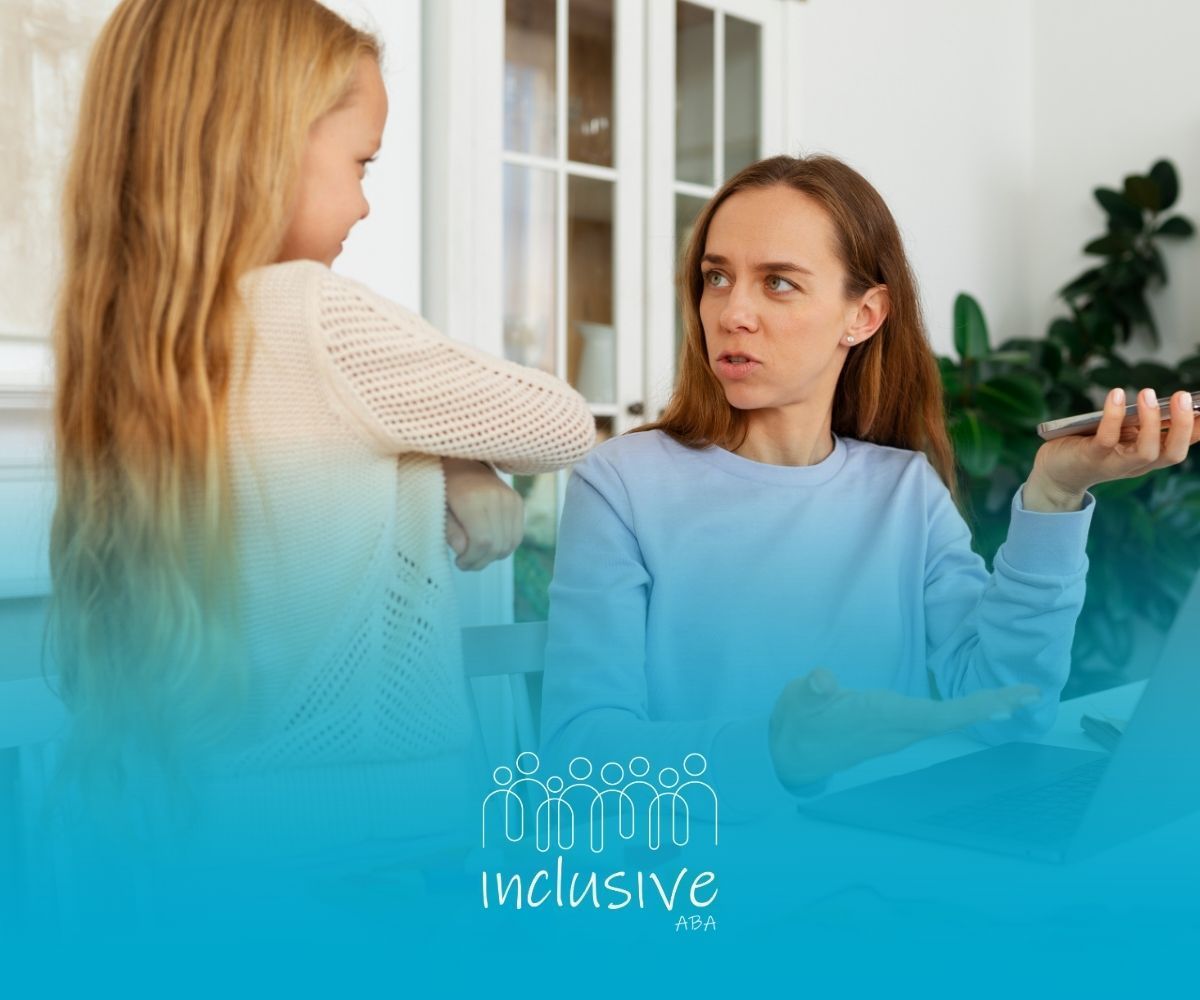Autism and ADHD Comorbidity Decode
Understanding Autism and ADHD Relationship
Figuring out how autism and ADHD interact is like putting together a puzzle that's key to helping those affected. These conditions often play tag team, creating challenges for both individuals and their families.
Co-Occurrence Stats
Numbers tell a story about how often autism and ADHD show up together. In the U.S., about 1.2% of kids aged 3-17 are wrestling with both autism spectrum disorder (ASD) and ADHD. That's roughly 740,816 kiddos, in case you’re counting. Boys, older kids, and those not doing so hot health-wise seem to have a higher shot at dealing with both.
Our brainy pals in science suggest a staggering
50% to 70% of people with ASD also have ADHD knocking at the door. And if you’ve got ASD, there’s a 30% to 50% chance you've got ADHD vibes, especially as a preschooler. Meanwhile,
two-thirds of the ADHD gang pride themselves on having some ASD credentials, too.
| Condition | How Often They Hang Out |
|---|---|
| ASD with ADHD | 50% - 70% |
| ADHD with ASD | ~66% |
| ADHD folks with ASD signs | 30% - 50% |
Impact on Different Folks
How autism and ADHD say "hi" to each other can differ. Kids juggling both can face tricky roads, with social hiccups, behavioral hurdles, and school battles. Families in these shoes often need extra love and guidance.
Watch out: Misdiagnosis lurks in these tales. About 30-40% of munchkins first tagged with ADHD might actually have autism once the dust settles and those symptoms get untangled. Proper diagnosis is crucial; skipping details can mean lacking the right care and backing.
Understanding these tag-teams better paves the path for a smoother ride for kids and parents. Savvy clinicians and teachers should whip out the magnifying glass and dive deep into what separates autism from ADHD symptoms. This understanding can shift how we treat these complex conditions—check it out in our talk on autism versus ADHD treatment.
Clinical Characteristics and Overlaps
Getting to grips with the clinical quirks and similarities between autism and ADHD is a bit like solving a puzzle—it’s essential for properly diagnosing and treating folks who need it. Both pack their own distinct features and share some that can make spotting and dealing with them a challenge.
Symptom Severity
If you've got autism (ASD) and ADHD together, the struggles with social stuff can take a hefty leap. Research backs this up, showing that the social hurdles for those juggling both conditions are worse than for those with just autism. It’s not just a theory; studies have poured over this difference and confirmed it.
| Diagnosis | Severity of Social Interaction Struggles |
|---|---|
| Autism Alone | Moderate |
| ASD-ADHD Combined | Severe |
Neurofunctional Distinctions
Having both ASD and ADHD isn’t just mixing traits from each; it’s a whole different ball game offering unique brain-based characteristics. Though they share some symptoms, ASD and ADHD dance to different tunes under the hood. This mix-up means treatments need to tackle both at once in a way that actually works.
Shared Neuropsychological Deficits
Despite their differences, ASD and ADHD do share some brain quirks. Kids with ADHD may deal with social challenges that are quite similar to those faced in autism land. The brain functions causing these social glitches crop up in both disorders. Researchers have noted these
social slip-ups, especially those linked with understanding others and managing interactions.
| Disorder | Usual Trouble with Social Thinking |
|---|---|
| Autism Spectrum Disorder | Present |
| ADHD | Often Present |
Even with limited spotlight, there's some chatter about kids dealing with both conditions having social language hiccups that look a lot like autistic traits such as repeated actions.
Grasping these quirks helps parents and teachers steer through the tangled web of autism and ADHD together. To understand what happens diagnosis-wise, jump to autism or ADHD diagnosis.
Differentiating Autism and ADHD
Grasping the differences between Autism Spectrum Disorder (ASD) and Attention-Deficit/Hyperactivity Disorder (ADHD) matters a lot for those who have kids, teach, or work with these individuals. Although they might look similar on the outside, the brains of folks with ASD and ADHD have distinct workings.
Ticking in the Brain
Both ASD and ADHD affect how the brain operates, and figuring out what separates them can be tricky. It's not just about ticking off similar symptoms; these disorders weave together in complex ways. They have unique brain activity patterns that call for more research to help pinpoint and tackle them better.
When it comes to brain differences, imaging studies have shown that people with ASD or ADHD display variations in brain structure and function. Take the prefrontal cortex, for example. This part of the brain is all about helping us stay focused, manage impulses, and think things through. Knowing these brain differences can pave the way for more personalized treatments.
Spotting the Differences
While there are some parallels, ASD and ADHD have their own unique traits. Someone with autism might engage in repetitive behaviors or have focused interests that aren't usually seen in those with ADHD. On the flip side, people with ADHD often do better in social settings than those with autism.
Here's a quick look at what sets them apart:
| Feature | Autism Spectrum Disorder (ASD) | Attention-Deficit/Hyperactivity Disorder (ADHD) |
|---|---|---|
| Repetitive Behaviors | Common | Rare |
| Restricted Interests | Common | Rare |
| Social Interaction Skills | Usually tricky to navigate | Typically better, although social challenges can arise |
| Impulsivity | Present, but shown differently | Quite noticeable |
| Hyperactivity | Not so common, but possible | A major trait |
| Diagnosing Social Issues | Vital for diagnosis | Not the core, but related problems can show up |
Both disorders share challenges like impulsivity, lack of focus, and potential language hurdles, which can muddle diagnostics. Professionals need to take a deep dive, getting insights from parents and teachers to nail down the right diagnosis. Knowing these differences helps in finding the right support and intervention methods.
Challenges in Diagnosis
Figuring out whether a kid has autism or ADHD is like trying to solve a puzzle where the pieces keep changing. They share lots of similar symptoms, which can throw doctors off-track and result in an incorrect diagnosis.
Misdiagnosis Rates
Studies show that mixing up ADHD with autism happens pretty often—about 10-20% of the time. This confusion comes from the fact that both conditions can look alike, especially when it comes to social and communication hurdles. This slip-up means kids who actually need help for ADHD might get treated as if they have autism, which can make things even trickier for those trying to help.
Both disorders showing up together is not uncommon. Around 30-50% of young ones who have autism also deal with ADHD, and up to 25% of those labeled with ADHD also have autism kicking around. These overlapping symptoms are why it's so vital to have well-trained experts doing the diagnosing; it's like needing glasses to bring a blurry picture into focus.
Differentiating Symptoms
Sorting out the symptoms of autism and ADHD can be as tough as separating salt from sugar just by looking. Some common ground exists, but here's how they typically shake out:
| Symptom Category | ADHD Symptoms | Autism Symptoms |
|---|---|---|
| Social Interaction | Attention drifts away in social scenes | Struggles with getting social cues |
| Communication | Butts into conversations | Delayed talking or echoing words |
| Repetitive Behaviors | Not much on the repetitiveness | Loves routines and repetitive acts |
| Impulsivity | Leaps before looking | Sticks rigidly to routines |
Understanding these differences can help figure out if a child is more ADHD, autism, or somewhere in between. Kids with ADHD might have social issues that look a lot like what we see in autism, but core social deficits typically connected with ASD might pop up in those with ADHD too.
The interplay between autism and ADHD isn't completely nailed down yet. Some folks argue whether they’re entirely separate things with common roots or just parts of one big spectrum. For parents and those working with kids, getting a handle on these twists and turns is key for properly diagnosing and taking care of kids that might be juggling both autism and ADHD.
Comorbidity Effects and Implications
When autism and ADHD decide to hang out in the same brain, things can get pretty interesting. This mix, known as autism and ADHD comorbidity, really shakes things up for how someone manages daily battles and how they react to treatments. Let’s dig into how these tag-team conditions affect life and what this means for getting help.
Functional Impairments
Kids wrangling both Autism Spectrum Disorder (ASD) and ADHD have their work cut out for them. Studies show these kids face more hurdles compared to their peers dealing with just one of these labels. Those juggling both usually take a hit in brainpower gigs, making friends, and adapting to their surroundings, more so than those with only ASD.
Here’s a quick snapshot of how much tougher things can get when autism and ADHD team up:
| Area of Functioning | Kids with Just ASD | Kids with ASD & ADHD |
|---|---|---|
| Cognitive Functioning | Higher | Lower |
| Social Skills | Better | Not so hot |
| Adaptive Functioning | Higher | More Delays |
| Psychosocial Problems Severity | Less | More Problems |
Seems like when both conditions pair up, they pack a mean punch, causing more trouble in handling everyday stuff.
Treatment Response Variances
Dealing with both ASD and ADHD at once? Well, medicines and therapies might not work like they do for those facing only one of these on their own. Kids with the dual diagnosis often need more meds and might not get the same perk from typical treatments that target just one disorder.
ADHD-ers usually react better to standard treatments and stick around longer in therapy programs compared to those on the autism spectrum. This split in how they respond might mean special treatment tweaks are needed when both conditions crash the party.
When you're talking about the zigs and zags of autism and ADHD comorbidity, it’s clear: people need a 101% customized approach to managing these tricky companions.
Genetic Influences and Research Findings
Let's take a peek at what the science dudes have to say about genes and how they affect ADHD and autism. Turns out, they found some interesting stuff that could help parents and experts get a handle on both.
Shared Genetic Risk Factors
Science says kids with ADHD and autism often have overlapping genes. This means there's some common ground in those tiny DNA strands. One study took a long, hard look at SHANK genes, like SHANK2, finding that they might be the culprits behind ADHD and autism both showing up in kiddos. It seems these genes could be why these two conditions are like buddy-buddy.
In this research, they rounded up 298 boys with ADHD, 134 with autism, 109 with both, and 232 boys just being their usual selves, between ages 6 and 11. The takeaway was SHANK2 might be a major player in this whole genetics mash-up. It helps explain why these disorders often hang out together.
Study Group Participants
Identified Candidate Genes
Going further down the rabbit hole, researchers have pinpointed 207 genes tied to both autism and ADHD. They used data from 272 samples from 73 families in the New Jersey Longitudinal Autistic Genetics Study (NJLAGS). Some of these genes are usual suspects, but others are new faces in the lineup, possibly affecting how autism and ADHD show their faces.
A closer look under the gene-lens zoomed in on SHANK2 again, with strong links to ADHD, while SHANK3 decided to sit this one out.
This genetic scoop can help parents, teachers, and docs get a grip on how deeply connected autism and ADHD are. This means better spotting symptoms, smarter treatments, and more support.
SOURCES:
https://pmc.ncbi.nlm.nih.gov/articles/PMC8918663/
https://www.ncbi.nlm.nih.gov/pmc/articles/PMC4010758/
https://pmc.ncbi.nlm.nih.gov/articles/PMC3441928/
https://www.ncbi.nlm.nih.gov/pmc/articles/PMC8111170/
https://pmc.ncbi.nlm.nih.gov/articles/PMC10177627/
Looking for Expert Help? We're Here for You!
Our compassionate and skilled team is devoted to enhancing your child's development through customized ABA therapy. Let us partner with you to create a supportive environment for your child's success.
Discover how we can help your family thrive with expert ABA therapy.
Related Posts







